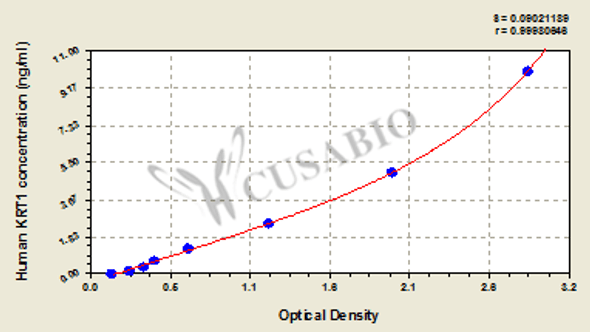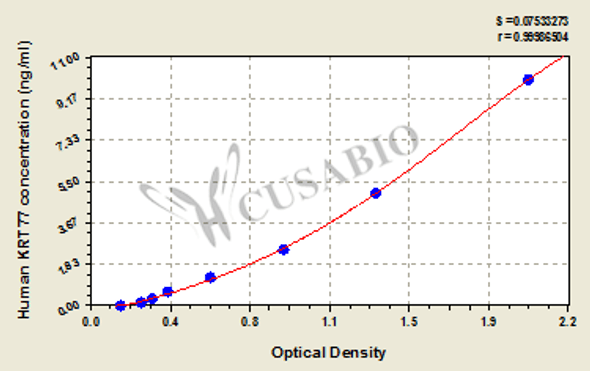Description
Clonality: Monoclonal
Host: Mouse
Purification: Supernatant
Reactivity: Rabbit, Human
Hemidesmosomes are adhesive structures between cells and the extracellular matrix. They play a role in anchoring intermediate fibers to the extracellular basement membrane. Structurally, hemidesmosomes occur in two forms: Type I and Type II. Type I hemidesmosomes develop in stratified epithelia such as the epidermis. Its main components include the intracellular linker proteins Plectin and BPAG1, the adhesion receptor integrin α6β4 and collagen type BP180/XVII. Type II hemidesmosomes occur in blood vessels, Schwann cells, and digestive tract epithelia as a simplified form of Type I hemidesmosomes, consisting only plectin and integrin α6β4. The hemidesmosomal adhesion receptor is normally associated with Laminin 5 in the basement membrane. Furthermore, Laminin 5 (of which Laminin gamma 2 is a subunit) is linked to collagen fibers in the dermis via type VII collagen. Genetic deletion of hemidesmosome-related proteins causes various forms of epidermolysis bullosa, highlighting their importance in promoting adhesion between the epidermis and the basement membrane.
Keratin 8 typically dimerizes with Keratin 18 to form an intermediate filament in simple single-layered epithelial cells. Keratin 8 plays a role in maintaining cellular structural integrity and also functions in signal transduction and cellular differentiation. Mutations in this gene cause cryptogenic cirrhosis.Together with Keratin 19, helps to link the contractile apparatus to dystrophin at the costameres of striated muscle.






